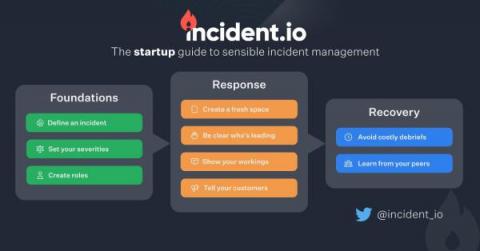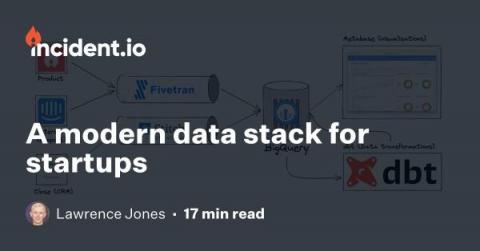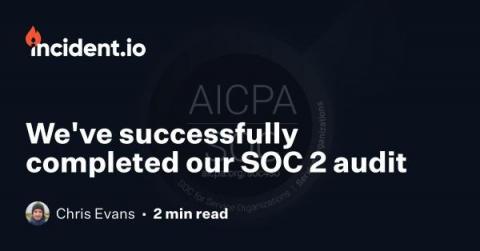Starting projects at incident.io
We’re a small startup (10 people at time of writing) with big ambitions, particularly when it comes to our product. With so many things we want to do, it’s important for us to be structured the way we approach our work, without being so process-driven that we lose all the benefits of being small and nimble. As we’re still new, and the team is growing all the time, very little is set in stone.











